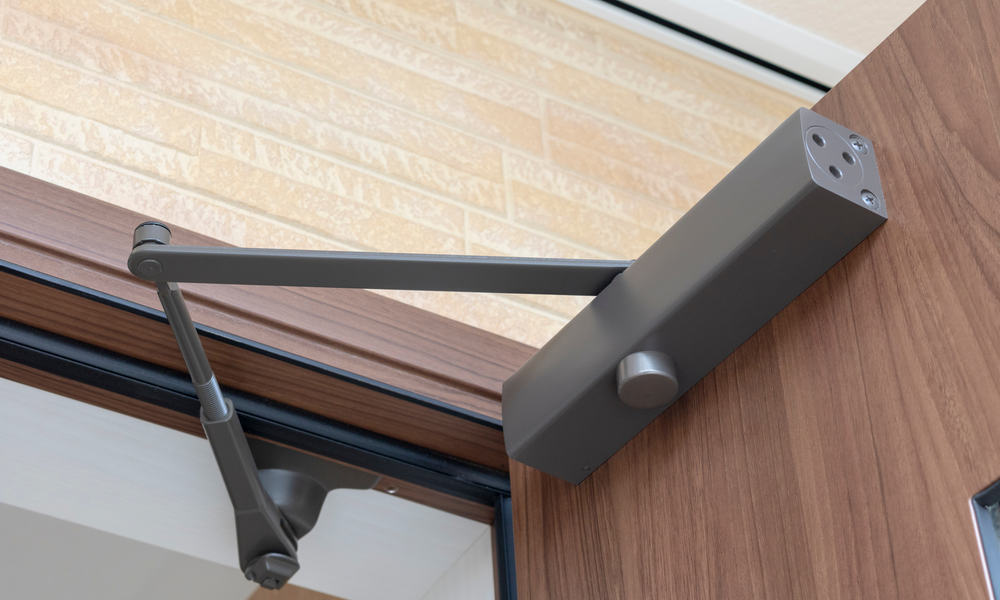If your door is no longer opening or closing as smoothly as before, your door closer probably needs to be adjusted.
A door closer works to control door operations and speed. It can be hydraulic or electromagnetic, but most closers are equipped with adjustable hydraulic valves. Verify with your door closer supplier which type you have.
Parts of a door closer

When you look at the upper part of your door, you’ll most likely see the backcheck, sweep, and latch speed.
- Backcheck (BC) is the opening swing. It keeps the door from opening too quickly and hitting objects or the wall. The backcheck slows down once it reaches a certain degree.
- The sweep (S) or main speed, on the other hand, is the closing swing. It works opposite the backcheck as it controls the closing speed, and is usually located in the middle.
- Last is the latch (L) or latching speed, which is responsible for the speed of the door when it’s about to close or is almost on its latching point. You’ll find this valve near the sweep, closest to the hinge.
Once you’ve found the valves, the next step is to see which one needs to be adjusted. It’s crucial to approach this very carefully as overdoing it may lead to leakage. Leakage is a sign that the seals are broken, and simple adjustments may no longer be enough. Seeking assistance from your door closer supplier may be necessary.
Adjusting tension on door closers
When you tighten the valves, speeds in control zones will decrease. So if your door is suddenly closing too fast, the valves may be loose. Here are tips on how to adjust the tension on your door opener.
- Prepare tools. The tools you need to adjust a door closer are generally a screwdriver, small wrench, and ladder. Have someone to assist and provide support as you climb the ladder and signal oncoming traffic about the work you’re doing.
- Look for the crews. The next thing you need to do is to look for the adjustment screws. These screws are usually at the end for tubular housing and at the bottom for another shape.
- Check the screws. We’ve mentioned the different screws that allow a door closer to operate properly. Look for the labels and see if any of the screws have come loose. Clockwise is the usual direction for increasing the speed of the door and counterclockwise to slow it down. If you want to increase the force or pressure required to swing the door open, move the BC screw in a clockwise direction.
Once you’ve adjusted the screws, test how the door opener works. Even small turns can make big changes, so be careful and only make small turns.
Always refer to the manufacturer’s instructions or contact your door closer supplier before proceeding with the adjustment to ensure you’re not doing anything that could compromise your warranty.
If you’re looking to replace your door closer and are concerned about children or elders at home, check out soft door closer options. They close softly no matter how much force you apply when opening them.
